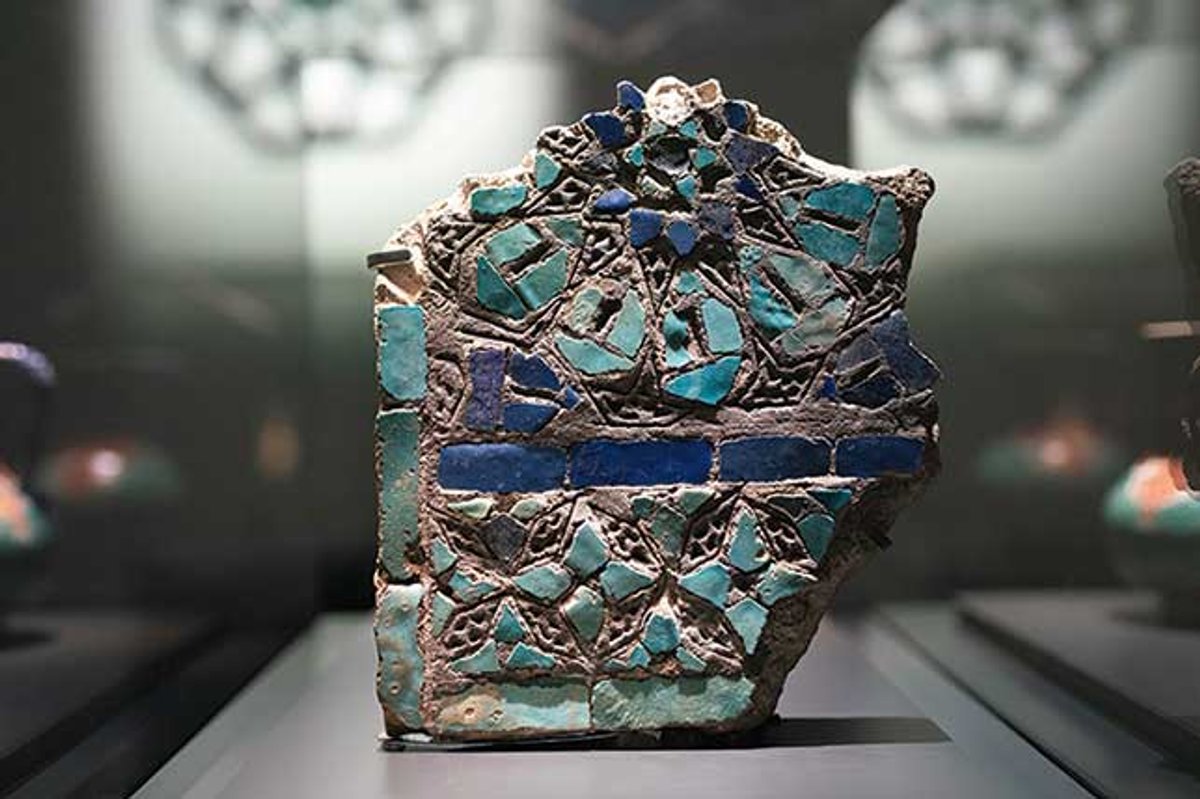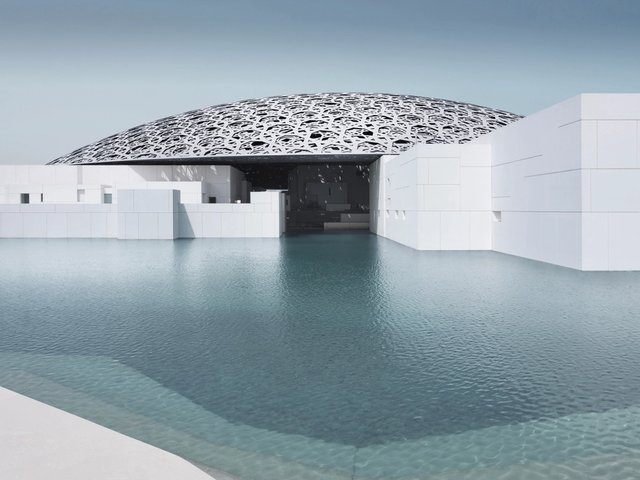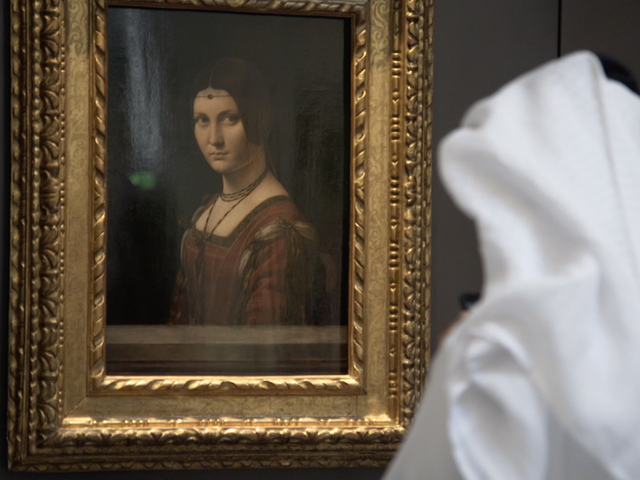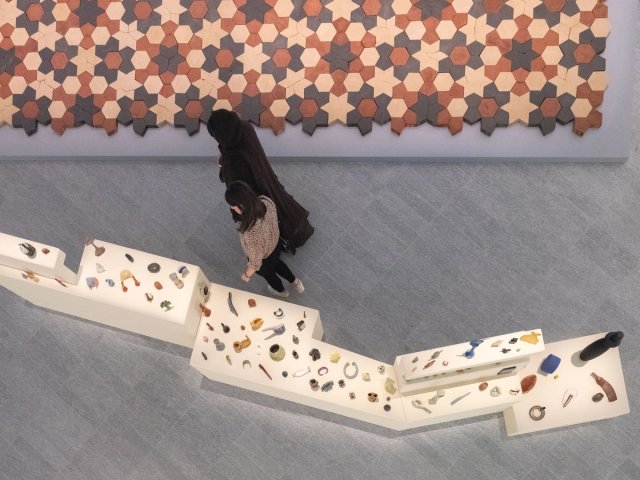Cartier, Islamic Inspiration and Modern Design, Louvre Abu Dhabi, until 24 March
It was not only Japanese and African art that made an impression on the early Modernists. Several major exhibitions in the early 20th century introduced Islamic art to Paris, including Persian and Indian paintings and manuscripts. One of those transfixed was Louis Cartier, grandson of the founder of the esteemed jewellery makers. He started his own collection of Islamic art and bought the latest publications for Cartier’s research library; his brother Jacques travelled to India to find new customers, and to the Gulf to find pearls.
The exhibition Cartier, Islamic Inspiration and Modern Design continues Louvre Abu Dhabi’s mission to highlight the connections between different cultures. It contains more than 400 objects, drawn from the museum’s own collections plus those of Paris’s Louvre and Musée des Arts Décoratifs, Cartier itself and a long list of august institutions and individuals across the world.
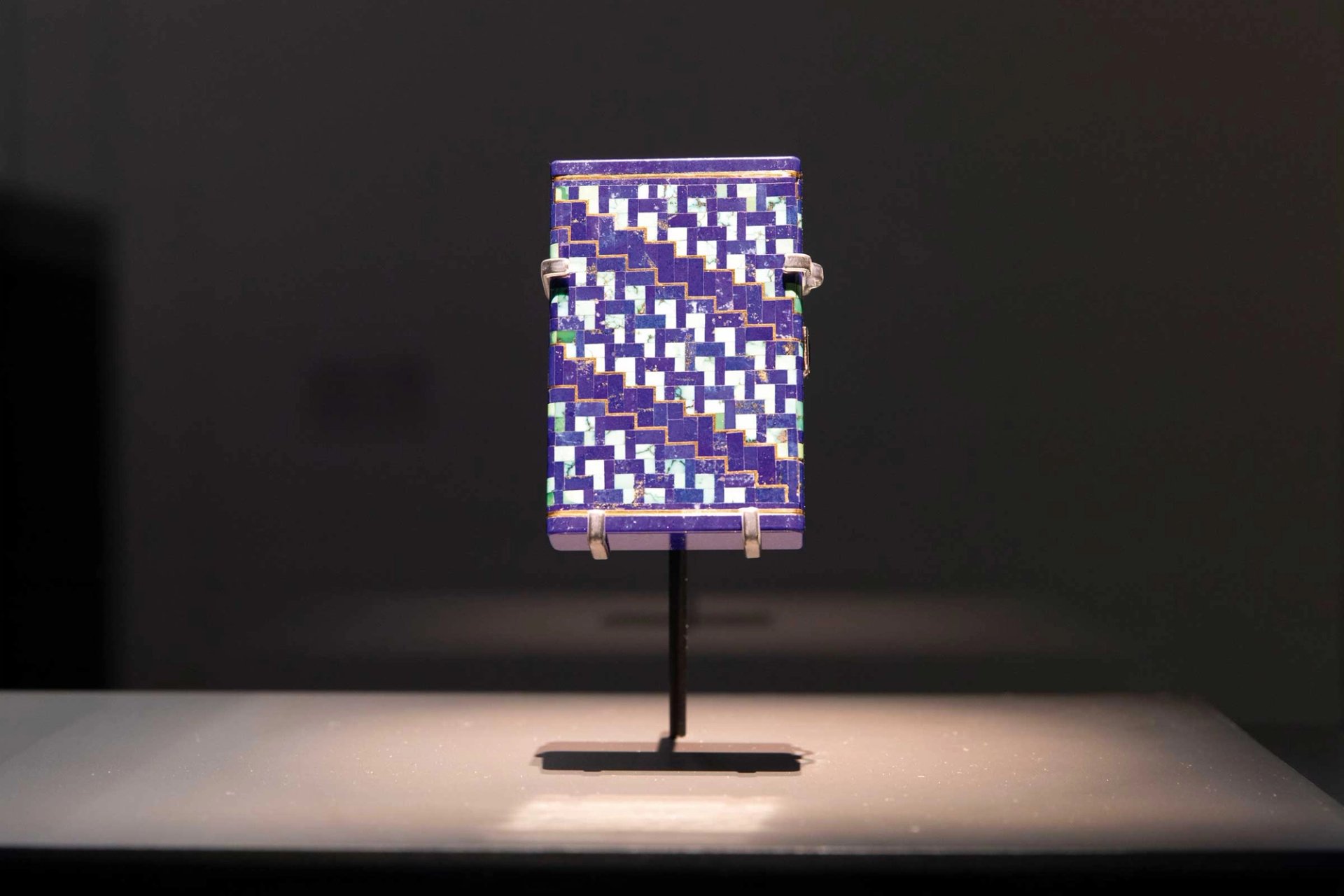
Cartier cigarette case, Paris (1930)
© Department of Culture and Tourism—Abu Dhabi. Photo: Ismail Noor/Seeing Things
Diamonds and gold abound, of course, with dazzling examples of Cartier’s craftmanship. You can also see some of the objects that inspired the jewellery designs: floral Iznik ceramics, illuminated manuscripts and architectural fragments. It shows how the Art Deco designs of Cartier’s 1920s work were also influenced by the mathematical abstraction of Islamic art.
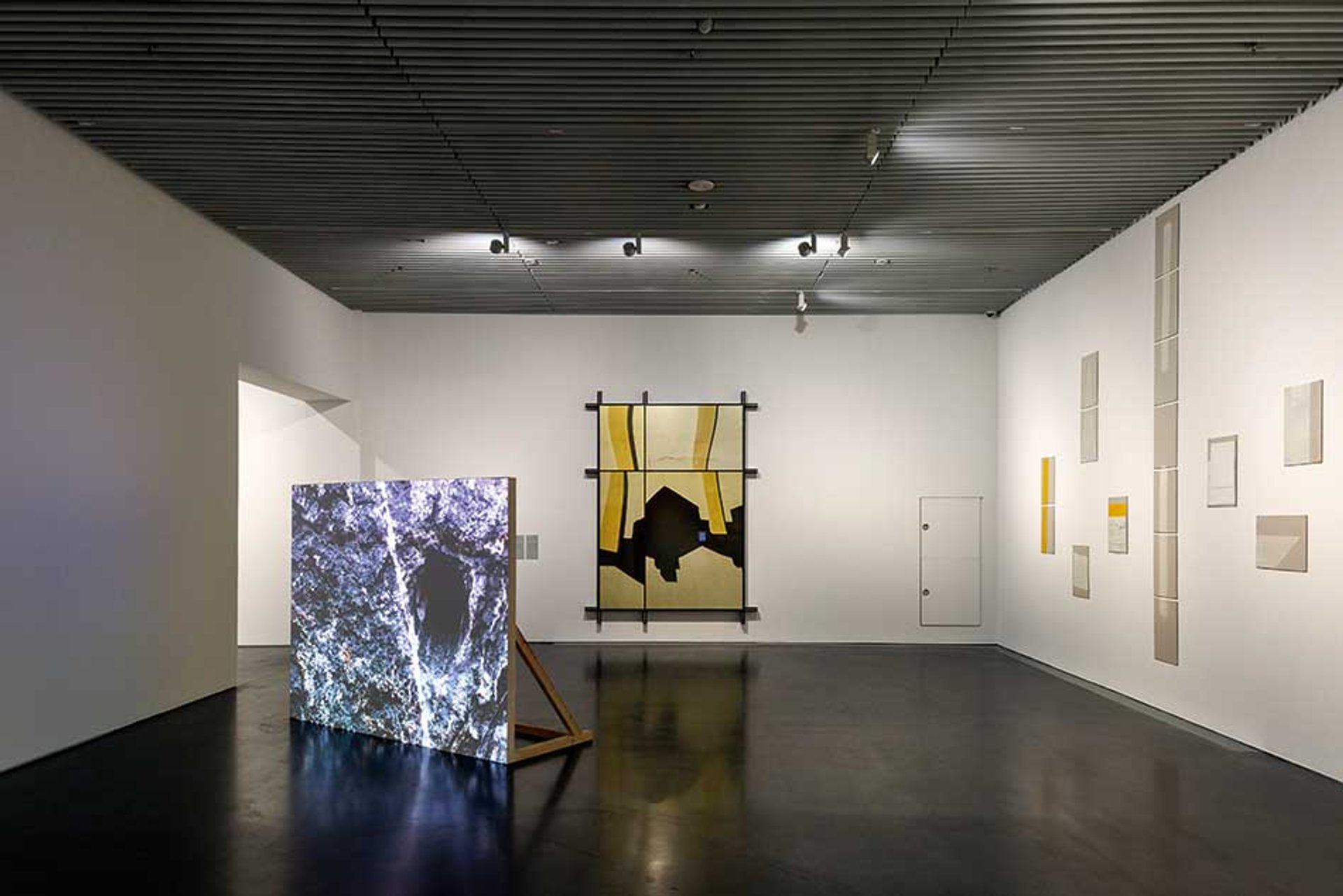
Systems analysis: Emirati artist Vikram Divecha’s Short Circuits exhibition at Jameel Arts Centre
Photo: Daniella Baptista. Courtesy Art Jameel
Vikram Divecha: Short Circuits, Jameel Arts Centre, Dubai, until 16 June
Vikram Divecha is one of the UAE’s most ingenious artists, working with the idiosyncrasies and complexities of life in Dubai to understand what he calls the “systems” that govern social and economic choice. Value is a primary subject: again and again, Divecha plots the circulation via remittances between South Asian workers in the Gulf, their families back home, and the lives they make while in the UAE. Rather than a one-way flow, Divecha sees a complicated network of money, care and time.
This is the first major survey of the artist, who was born in Beirut, grew up in Mumbai and has been a longtime resident of the UAE. Though not a full retrospective, it looks back to work made from 2013 to show how this idea of systems exists throughout his varied practice. Often inspired by the idea of transformation, he uses photography, video, public sculpture, installation and painting as his means to map out the changes a subject undergoes—whether from a seed to a plant, an hour of time to a portrait, or a demolished house into a migratory monument.

River in an ocean: 5 (1993) by Lala Rukh, whose exhibition at the Sharjah Art Foundation reflects on the late artist’s “political and feminist struggles in Pakistan”
Photo: Musthafa Aboobacker. Courtesy Estate of Lala Rukh and Grey Noise, Dubai
Lala Rukh: In the Round, Sharjah Art Foundation, until 16 June
The Sharjah Art Foundation shines a light on the late Pakistani artist and activist Lala Rukh, who produced drawings, prints and videos over three decades, such as Rupak (2016)—comprising an animation and 88 drawings—which is presented for the first time in the UAE.
The exhibition features rarely seen works from the early years of her practice, depicting lunar movements, bodies of water, coastlines and archaeological sites. Posters, publications and interviews with her collaborators are also included.
“In the Round reflects on three decades of Rukh’s work as an artist, activist and pedagogue produced in the context of political and feminist struggles in Pakistan,” says Hoor Al Qasimi, the exhibition co-curator and director of Sharjah Art Foundation. “We were keen to include rarely seen early works and archival materials documenting her advocacy for gender justice and civil rights. With her passing in 2017, it seems like the appropriate time to honour and recognise her legacy.” A number of her works are in the foundation’s collection, Al Qasimi adds, including works from her Gadani series (2001).


